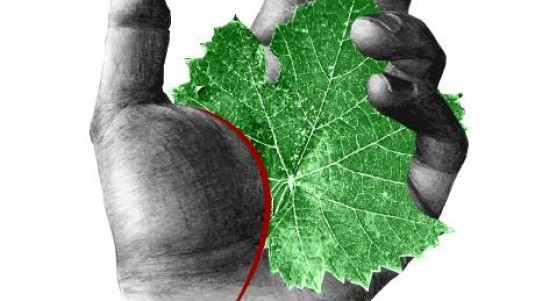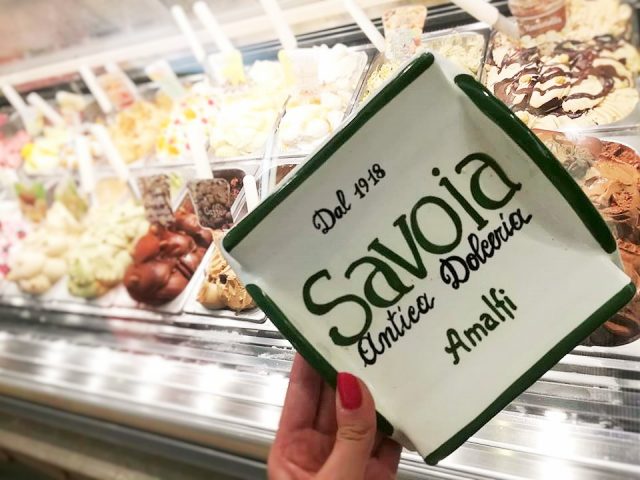Life of Wine

I have a particular fondness for the Life of Wine event because I have always been a big fan of vertical tastings of old vintages. I am convinced that as a wine ages it is able to express unique, intriguing and outstanding characteristics and this is why it is nice to compare it not only to its younger incarnations but also with other wines that have also aged.
And this is exactly what happens at Life of Wine, an authentic journey through a wine’s lifespan. The event, in fact, was created to “pay homage to those wines capable of aging long, the pride of historic realities that recognize the importance of their products being able to age”. The event is organized by Studio Umami of Florence, in particular thanks to the effervescent personality of Roberta Perna and the consolidated professionalism of Marco Guelfi, who came up with the idea and made this tasting happen, one which sees comparisons between at least three vintages of the same wine from Italy’s leading producers.
The fourth edition took place in Rome and was packed with more than 550 people between the press, sector operators, sommeliers and wine lovers. It was also a success, well-deserved I’d say, because the important producers present and the vintages they offered were truly interesting. A total of 48 producers took part with a total of 150 wines offered for tasting and so it was understandably impossible for me to list all the sensations and surprises I experienced and so I will just draw attention to some of the wines that impressed me the most.
I will start with the whites and one in particular, one that is certainly not a surprise as much as a confirmation. I have often written about the capacity of Verdicchio to age and it is certainly one of the native white Italian grapes that produces extraordinary results over time. Three single-grape Verdicchio wines were offered for the vertical tasting: Fazi Battaglia’s San Sisto 2011, 2008 and 1997 and Massaccio 2011, 2010 and 2009; along with Plenio from Umani Rochi 2012, 2005 and 1999. All were excellent.
Having to choose, in this article I included the three San Sisto vintages to which I have added two red wine selections, one of Alessio di Majo’s Don Luigi and the other Montevetrano from Silvia Imparato.
Although not included I cannot help but mention the Motiano from Falesco which was offered in its young 2012 vintage to its perfect 2007, a lovely, full-bodied wine with an elegant and composed structure that wraps you up with its intense spices. Another wine worth mentioning was Capo di Stato Montello by Loredan Gasparini Venegazzù, offered in the vintages 2009, 2003 and 1997. It is a Cabernet Sauvignon with a recognizable note of dried grass and it is an extremely elegant and pleasing wine. This is especially true of the 2009 that has a deep intensity and strong concentration, as opposed to the other two vintages which are fresher and more irony.
Among the other wines at the event that undoubtedly deserve mention are Fiorano Rosso 2009, extremely austere and profound, as well as the Amarone della Valpolicella from Allegrini, offered in the vintages 2011, 2004 and 2001. The two older vintages were fresh and their grapes ripened more thanks to the amount of sunlight they received than the heat. This resulted in wines that were spicier and more vibrant than the 2011 that had a bolder, more jammy fruit and scents typical to the Corvina grape, with which the Allegrini has made a varietal wine since 2003.

 Italiano
Italiano













